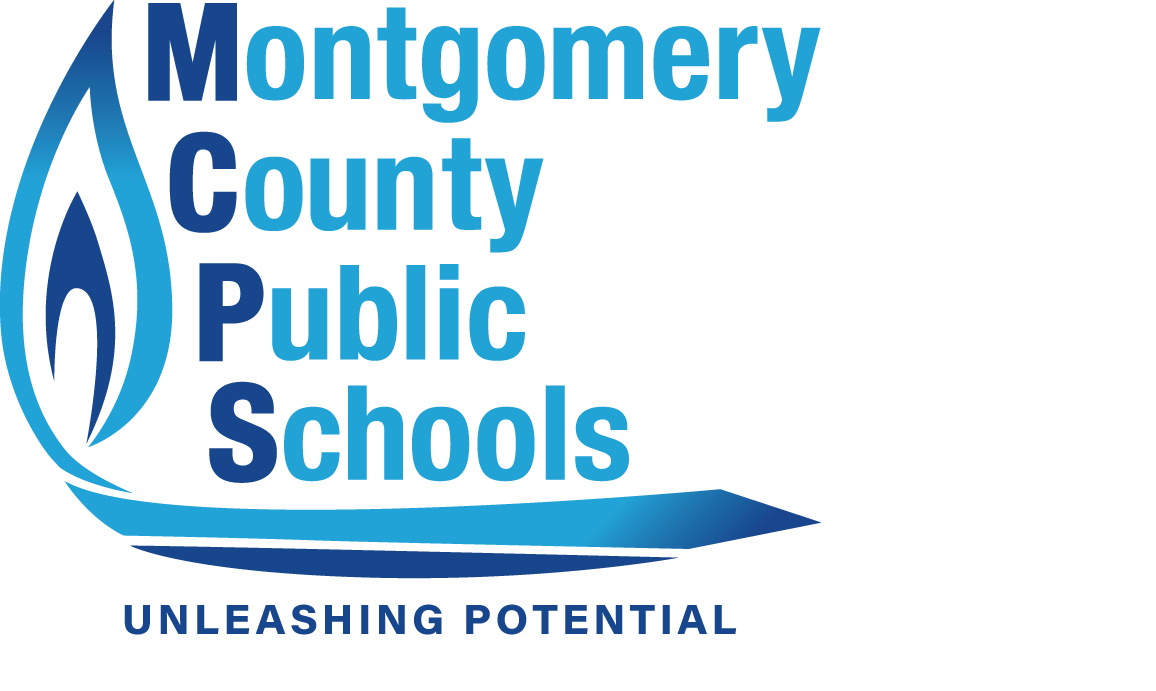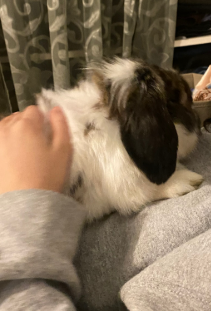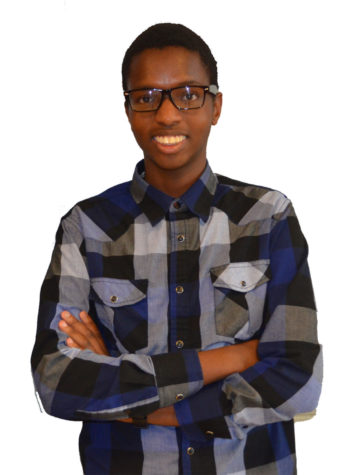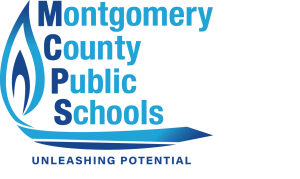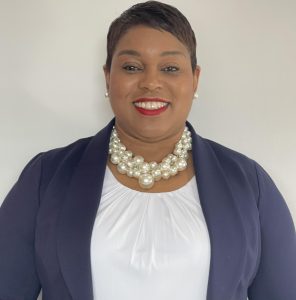College Blockade: Taking a Closer Look at America’s Toughest Colleges
February 14, 2018
For seniors, it is close to being the most wonderful time of year. No, not Christmas. It is the time when college applications come to a close.
While many seniors have already completed their early action applications, others are set to finish the application process in the next few weeks. In addition to the PB seniors, millions of high school seniors across the nation are also finishing. Once they are done, the waiting game begins. For those who applied early action, they found out whether they got into the schools they most desired on February 1st.
According to the College Board, most students apply to five to eight colleges/ universities to increase their chance of getting into at least one of the schools they want to attend. However, some schools are harder to get into than others. For those who seek an “elite” college or university, competition is fierce and what separates one straight A student from another is minimal.
In the United States, most sources report that the five “hardest” schools to get into are: California Institute of Technology, which has a 9% acceptance rate, Massachusetts Institute of Technology (MIT) with an 8% acceptance rate, Yale University, which accepts just 7% of applicants, Stanford University, which admits only 5% of those who apply, and Harvard University, which accepts only 6% of those who apply.
Each of these schools is considered “elite,” with two from the Ivy League, Harvard and Yale ,two technology schools, MIT and Caltech ,and what many call the “Harvard of the West Coast,” Stanford.
In Maryland, the three hardest schools to get into based on acceptance rates are University of Maryland, College Park,United States Naval Academy ,and John Hopkins University.
While the University of Maryland, College Park is no Harvard or Yale, in its stinginess, it accepts only 45% of applicants according to prepscholar.com. While an almost 50% acceptance rate sounds like some good odds, keep in mind that the average SAT score for applicants in College Park is between 1210 to 1420, which means you must score better than 72% of students nationwide who took the test. This makes UMCP a tough school to get into.
The United States Naval Academy is a tough school to get into, and a tough school to handle if you do get in. It has just a 9% acceptance rate, and an SAT range of 1180-1380. One of the primary reasons that the acceptance rate is so low is that it is a military school, and they choose the best students from across the United States.
Another unique aspect to the service academy application is that applicants must, according to Military Benefits Info page, “obtain a congressional nomination from your local congressman or congresswoman, your two State Senators, or the Vice President of the United States.” And you thought getting your counselor to write you a recommendation was hard!
In Maryland, the hardest non-service academy school to get into is John Hopkins University. With an acceptance rate of 11.4 %, an SAT range of 1360 to 1530, and an ACT range of 31 to 34, John Hopkins is very selective.
Since most seniors are done with their college applications, and they are waiting for their letters, seniors like Boaz Alemseged are simply waiting and continuing to work hard in the classroom. Alemseged would like to attend Georgia Tech and is waiting patiently to hear from the school. As for what advice he has for juniors who will complete the application process next year, Alemseged says, “Have fun, still try in school, take advantage of fee waivers, and try to leave PB with a positive impact on the school.”
Other seniors, like Etsub Demissie, worked hard in school with the hope of getting into and Ivy League college or other top school. She recommends that next year’s seniors “be on track; you don’t want to miss any [application] deadlines, and go to summer workshops; it helps a lot.”
Vannak Lim, a senior, who says that he balances his social life with his school life, was glad when he finished his college essay, and was able to sit back and wait to hear from his top schools including UCLA, UCSD, and Harvard. His advice to next year’s seniors is “just don’t wait until the last minute, and don’t sleep on that senioritis.”

